This resource is very important to the Appalachian Region.
What is water. The Atlantic Ocean is important for the Appalachian way of life. Harbours are sheltered areas that have deep water for ships to dock.
True or False: The Great Lakes Region is highlighted in Red. 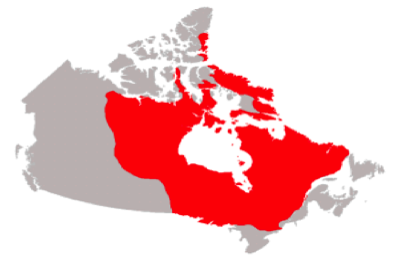
False. 
True or False: This region is the largest region in Canada.
True.
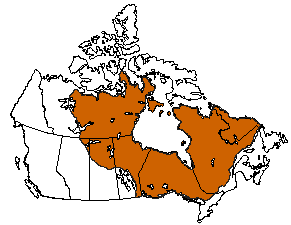
The name of the times when there is not enough moisture.

What is a drought.
True or False: We live in the Cordillera Region of Canada?
False. Calgary is located in the Interior Plains Region.
True or False: The city of Ottawa is found in the Appalachian Region?
False. Major cities in the Appalachian region include: St. John's, Fredericton, Charlottetown, and Halifax.
The Great Lakes Seaway between Canada in the United States flows through this river.
What is the St. Lawrence River.
Name two animals you may find in the Canadian Shield Region.
Moose, Caribou, deer, bears, polar bears, woodland animals.
Name two resources found in the Interior Plains Region.
Farming/Ranching, and Fossil Fuels.
True or False: Along the coast of the Cordillera region has the coldest temperatures in Canada.
False. This part of the region has the mildest temperatures because of the mild winds that come from the ocean and the mountains that stop the cold arctic air from the north and the east.
These melted to reveal rich soil underneath.
What are glaciers.
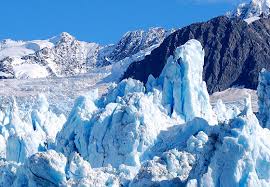
The Great Lakes Region of Canada is the smallest region in Canada but has the largest number of what?
What are factories and industries.
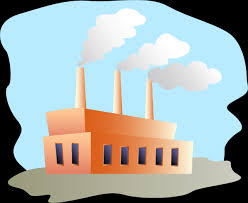
What natural resource have about 80 communities in this region depended on?
(HINT: Many people have come to this region to work in them.)
What is Mining. This region is a storehouse of natural resources.
True or False: The climate in this region is the same throughout?
False. The climate varies from area to area.
Name then two major provinces that are in the Cordillera region.
What are British Columbia and the Yukon. There are only bits of Alberta, and Northwest Territories in this region.
The most important crop in New Brunswick and Prince Edward Island.
What are potatoes.
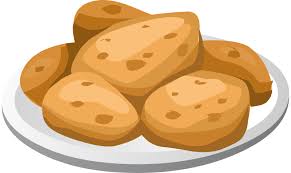
This region of Canada receives a lot of what sort of weather?
What is precipitation, snow, or rain because this area is near a lot of water: the Great Lakes that drain into the St. Lawrence River.
Describe a wetland.
What is an area of wet, marshy land. Wetlands help filter pollution and stop erosion.

The main reason farming and ranching are different.
What is: Farming has to do with crops and food and ranching has to do with animals.
One of the biggest challenges posed by the mountain landforms in this region.
What is transportation. Building transportation routes through the high, steep mountains was one of the biggest challenges.
Name three of four types of resources found in this region.
What are: Agriculture/Farming, Forestry/Use of trees and plants, Mining/Minerals, and Fishing.
What are two reasons that this region has for having the largest population of any region in Canada?
What are:
- Flat lands for building homes
- Rich soil and long growing seasons
- Good transportation systems and easy access to markets
- Many factories, which produce 62 percent of Canada's goods
- Available material for construction
Name one of the three climate zones in the Canadian Shield Region.
What are:
1. Arctic
2. Boreal Forest
3. Laurentian
True or False: Victoria and Regina are found in the Interior Plains region?
False. Regina is found in this region but Victoria is found in the Cordillera Region.
This is the largest industry and resource in British Columbia.
What is forestry.